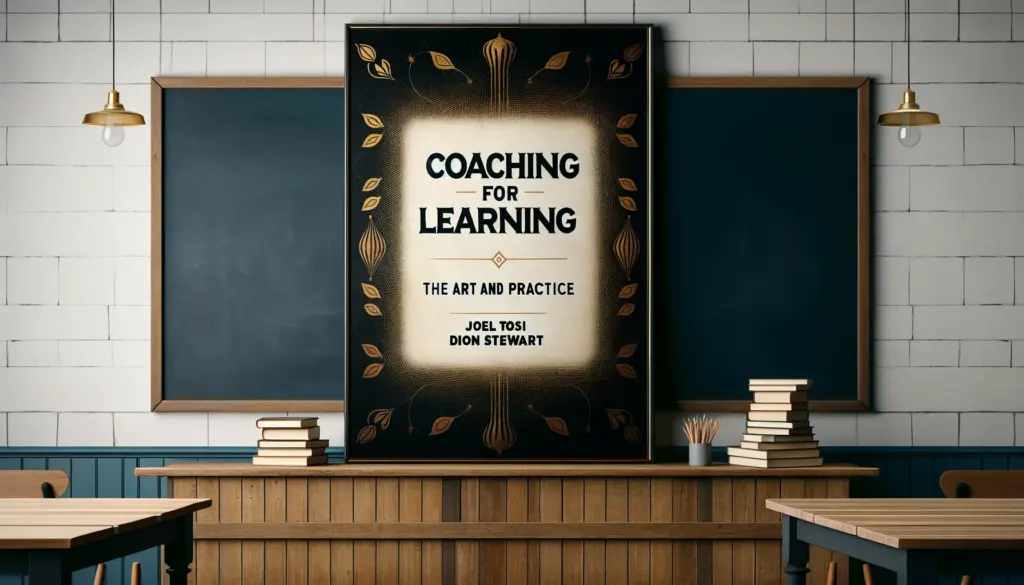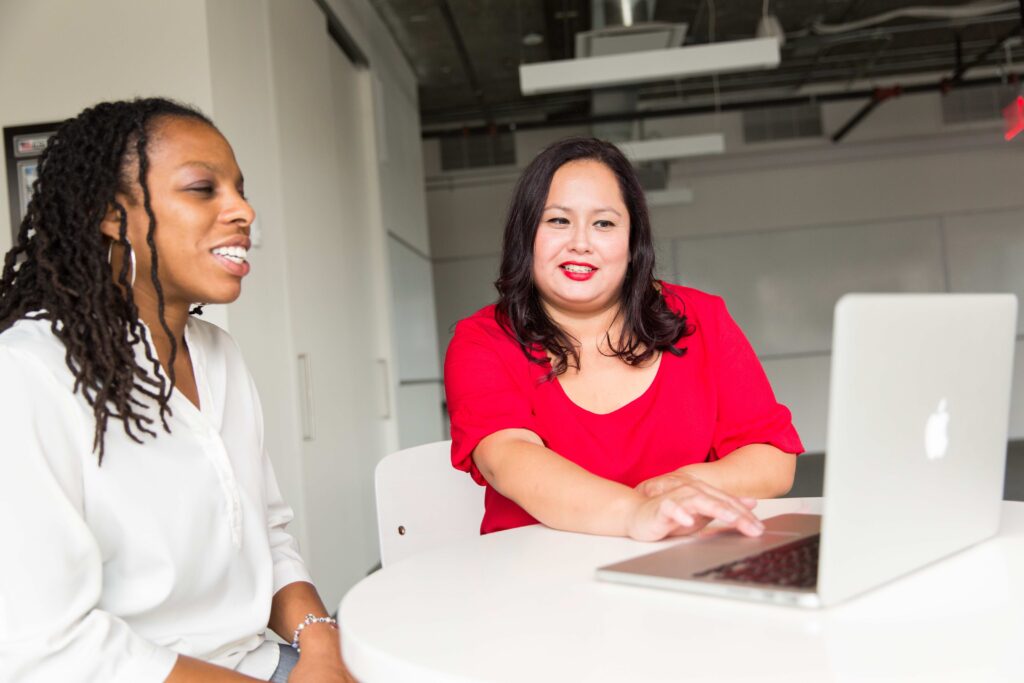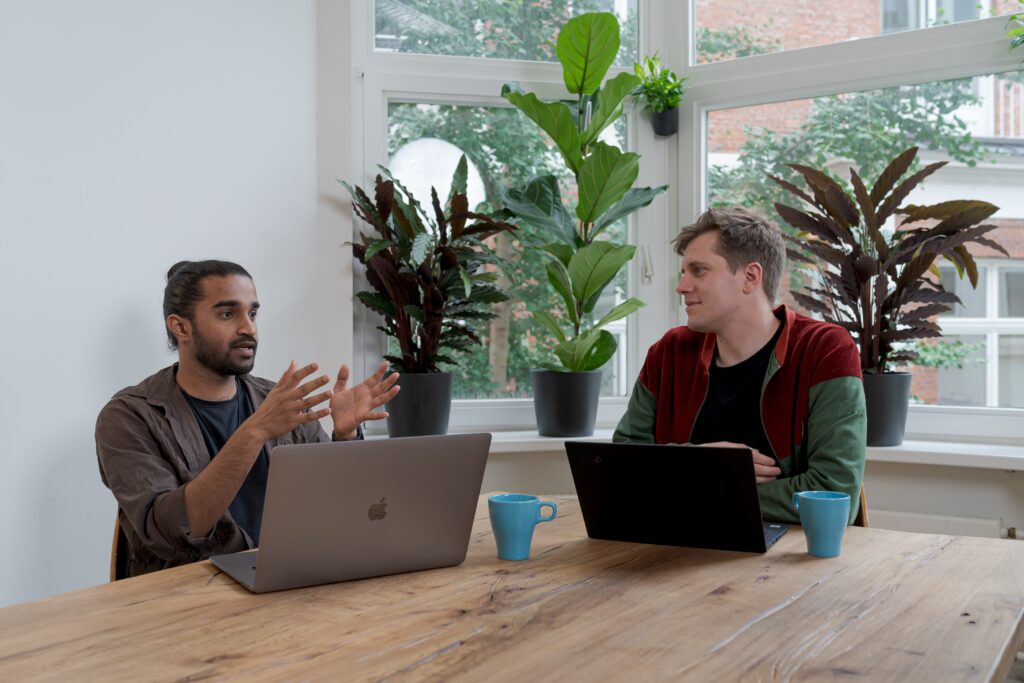Everyone has the capacity to be a leader — all they need is the right resources and support in place.
Recently, PlusPlus’s TechKnowCon Program Manager Spotlight connected with Hannah Chase, the Senior Manager of Leadership & Learning at Squarespace.
During this insightful event, Hannah shed light on the many vital aspects that make a mentorship program successful. Drawing from real-life examples of Squarespace’s own mentorship journey, Hannah carved a clear path toward building better peer connections and fostering knowledge sharing.
Let’s explore the major takeaways from this presentation.
Great mentorship starts with decentralized learning
When Squarespace embarked on its journey to build a mentorship program, the first challenge Hannah and her team aimed to solve was scalability and centralization.
Traditional learning and development (L&D) programs are highly reliant on centralized experiences. Unfortunately, centralization can inhibit scalability and growth, making it paramount for organizations to consider how to decentralize learning without hindering communication.
Hannah’s team also this as an opportunity to offer more “exposure learning” to complement some of their other education and experience based programs.
Coaching vs. mentoring: which is better for modern learning?
Traditional business programs have long centered themselves around coaching.
The coaching approach to peer-to-peer leadership focuses on guiding trainees toward the correct solution. Rather than directly providing an answer, coaches help their trainees to find the answer on their own, building valuable skills in the process.
However, though an effective form of leadership, coaching can be a big commitment for the coach:
“it requires a bit more training to really make sure that coaches are properly trained and understand what coaching is and how it’s different from mentoring, or consulting.”
Since Squarespace already had a coaching program in place, Hannah saw an opportunity to expand the company’s peer learning programs, and mentorship seemed like it could be a relatively lighter lift for volunteer mentors with limited bandwidth.
As Hannah highlights in her presentation, though mentorship can take more time to get started, it can greatly help to expand the way businesses currently support employees. Mentorship opens doorways for knowledge-sharing and connection-building, all while offering a lighter overall workload for mentors compared to coaches.
Taking leadership from intellectual buy-in to action
At Squarespace, Hannah emphasizes the existing culture of learning, empowerment, and growth. This made it easy to earn the intellectual buy-in of leadership when proposing a mentorship program.
But how did Hannah and her team transform that intellectual buy-in into action and participation?
There were a few key elements to achieving this:
- Existing Tools in Place: What made earning buy-in from senior staff and leadership at Squarespace simple was the fact that there was already a streamlined tool in place — PlusPlus. PlusPlus provided Hannah and her team with intuitive tools and features that many staff members were already familiar with, making the transition into mentorship programs more seamless.
- Post-Launch Participation: Bridging the gap between intellectual buy-in and participation from leadership came down to proving the success of the programs based on small pilot programs that the team ran. After their first successful mentorship pilot, leadership felt compelled to take action and participate as mentors. Today, Squarespace’s mentors have fostered their own community via a dedicated Slack channel.
- Provision of New Tools & Terms: Getting leadership onboard with mentorship programs (and to serve as mentors themselves) requires the provision of the right tools and terminology. By setting clear expectations on what mentees hoped to learn and the vocabulary they use, Hannah’s mentors were more adequately prepared to take action.
Tailoring early mentorship programs for specific groups is key
Rolling out mentorship programs takes a certain amount of precision.
Simply trying to launch a one-size-fits-all mentorship program for the entirety of an organization is not the most effective method — especially if it is an organization’s first program of this kind.
Hannah’s approach to overcoming these early hurdles was to launch highly specific and tailored mentorship programs for controlled groups.
In these groups, the connection between the mentor and mentee would be more obvious (i.e. junior developers and senior developers), focusing primarily on career and skill development. These tailored programs would be tested as prototypes, gathering feedback to improve future sessions and programs.
Through this process of testing and improvement, Hannah and her team also discovered the need for a wider range of learning content to prepare mentors and mentees to make the most of their relationships, prompting an expansion of the learning material repertoire:
“We made the decision that we wanted to also build and launch supplemental learning content, both live and self-paced, to make sure that mentors and mentees both understood what was expected of them and what the value of mentorship was so that everybody was on the same page.”
Focus on illuminating value for mentors
It may sound obvious but a major part of successful mentorship is finding willing mentors.
This requires you to clearly show potential mentors the value of the role. In truth, mentorship is an excellent opportunity for both the mentor and the mentee — the key for Hannah and her team was to show potential mentors exactly what they could get out of the experience.
The reality is that every mentor will have slightly different goals.
One may want to guide a young professional similar to themselves, while another may want to work outside of their department to gain exposure to new ideas and perspectives. As Hannah points out, a crucial aspect of this value-proving process was to ask mentors what they wanted from the experience:
“Over time, we got better at asking them what they’re hoping to get from the experience and making sure that we adequately set their expectations but also align those opportunities wherever possible.”
When it comes down to it, anyone can truly be a mentor. Even junior team members can serve as meaningful and impactful mentors when allowed to showcase their niche expertise.
As Hannah further states:
“I think people can undervalue their own expertise or their own skills, or knowledge, or the value that they can bring to a relationship like this, specifically folks that aren’t the most senior leaders.”
Setting clear expectations for your mentees
“Reaching out, being proactive, is a growth experience in and of itself.”
Part of the draw of mentorship for mentors is that the role requires little additional work. Instead, much of the initial communication and responsibility is placed on the mentees, encouraging them to grow outside their comfort zones and take initiative.
While this can be beneficial for fostering a collaborative and highly communicative network, program managers must be mindful of setting expectations.
Mentees need to enter into the experience with clarity on their roles and responsibilities. Otherwise, you may find that your mentors and mentees are meeting infrequently and covering little ground.
How PlusPlus streamlines your mentorship processes
As mentioned, PlusPlus has played a key role in Hannah and Squarespace’s mentorship initiatives.
Our Employee Engagement Platform comes with built-in mentorship capabilities that are customizable to your needs. Whether you want to match your mentor-mentees according to your own criteria or allow mentees to shop for the perfect mentor independently, PlusPlus has the tools you need.
Reiterating our introductory point, anyone can be a mentor — and with PlusPlus, managing a mentorship program is a no-brainer.
Book a PlusPlus demo today to discover our powerful mentorship tools.








